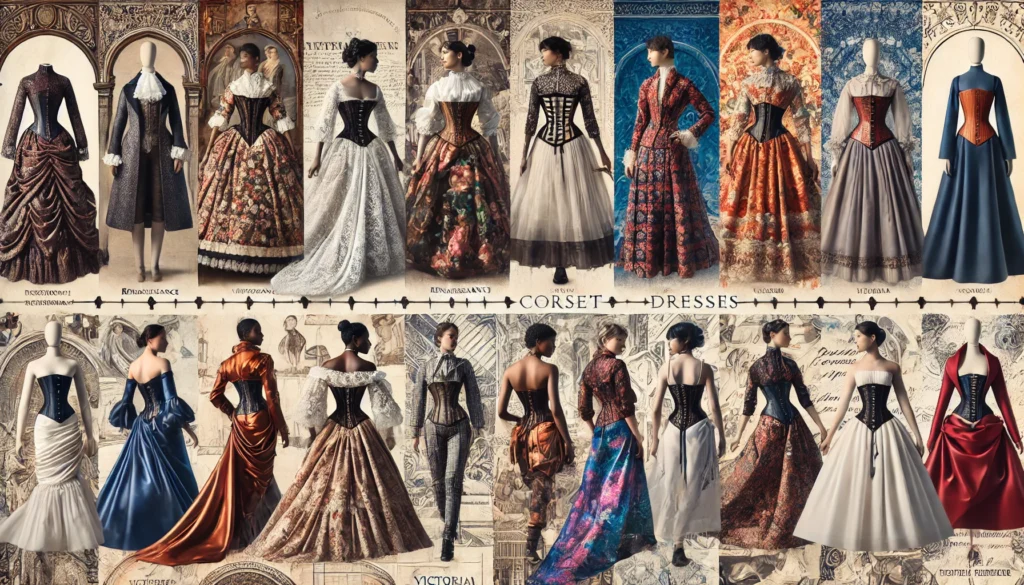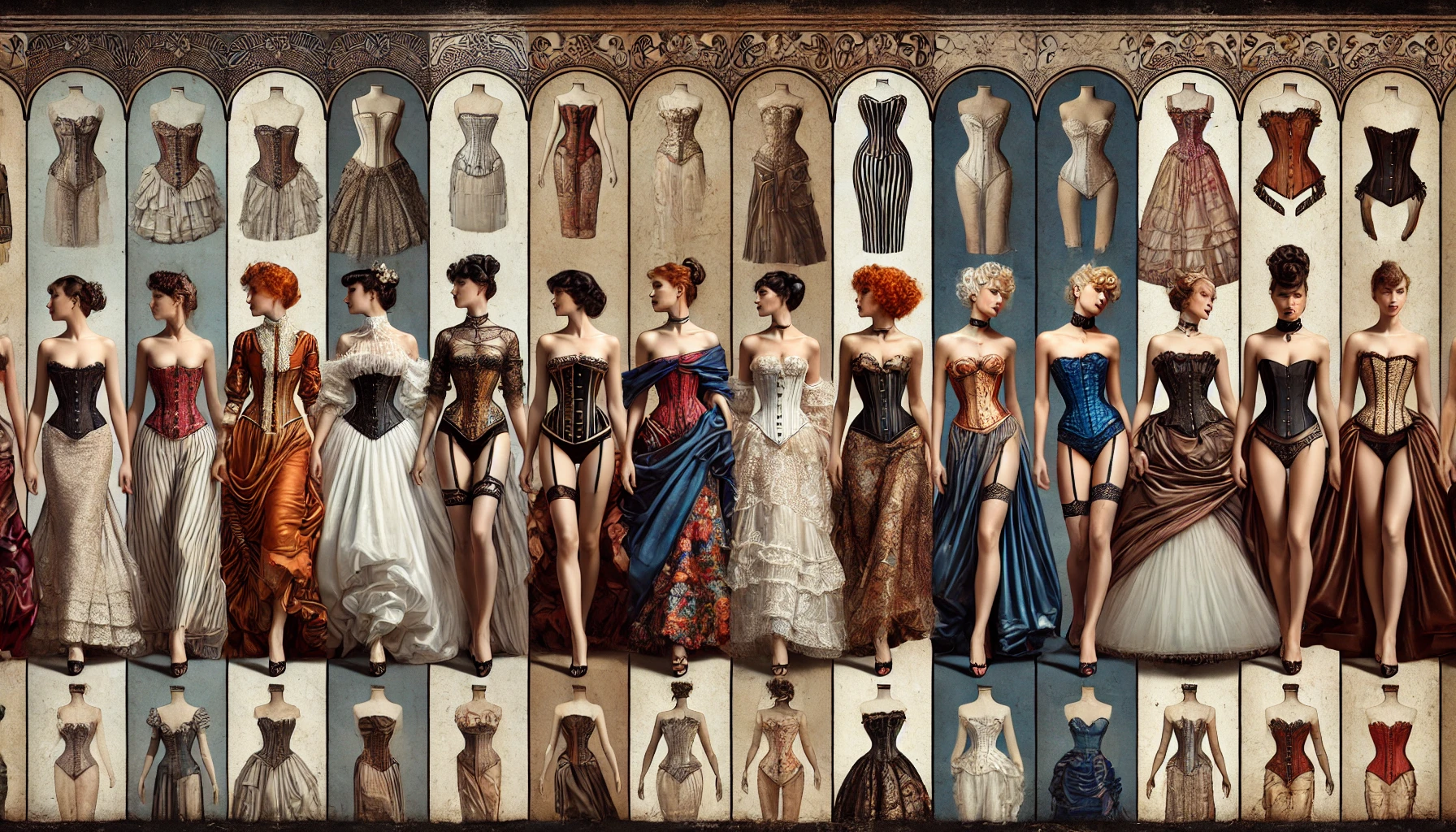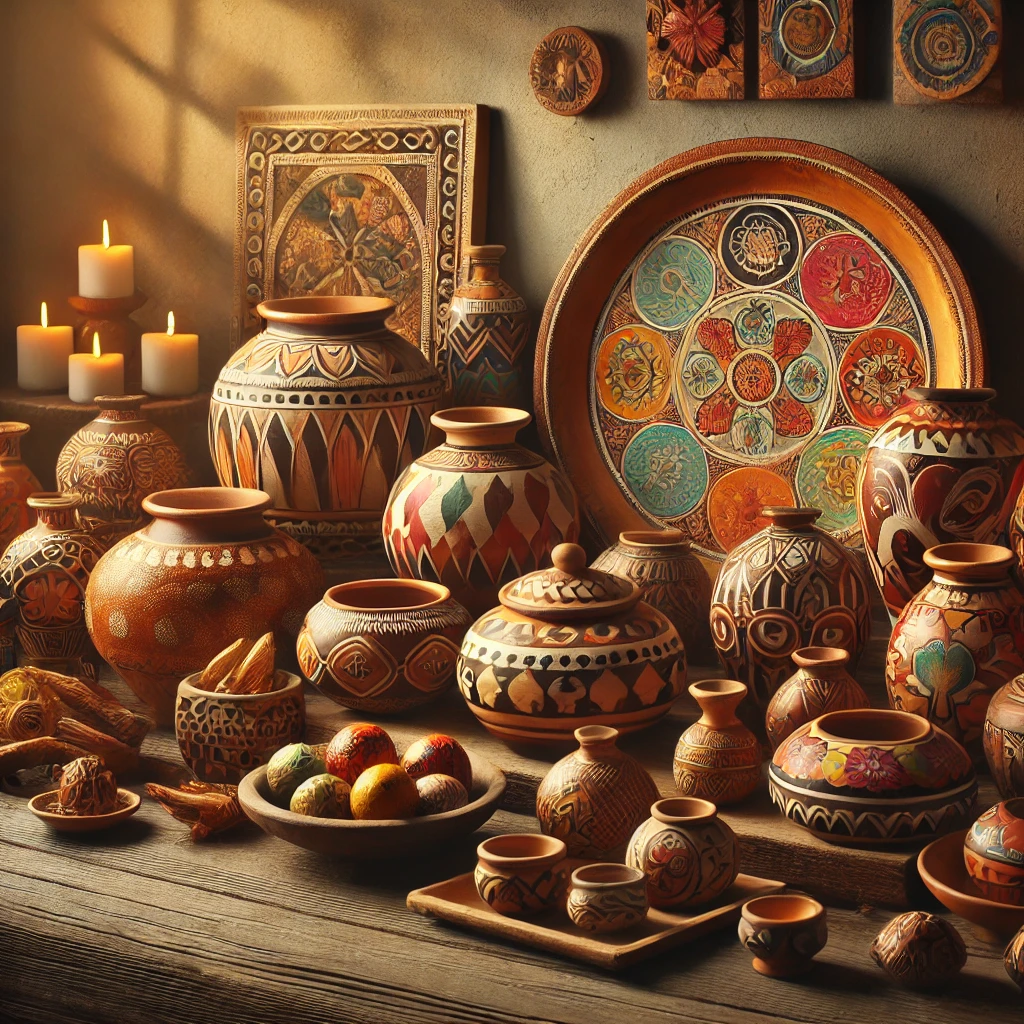Table of Contents
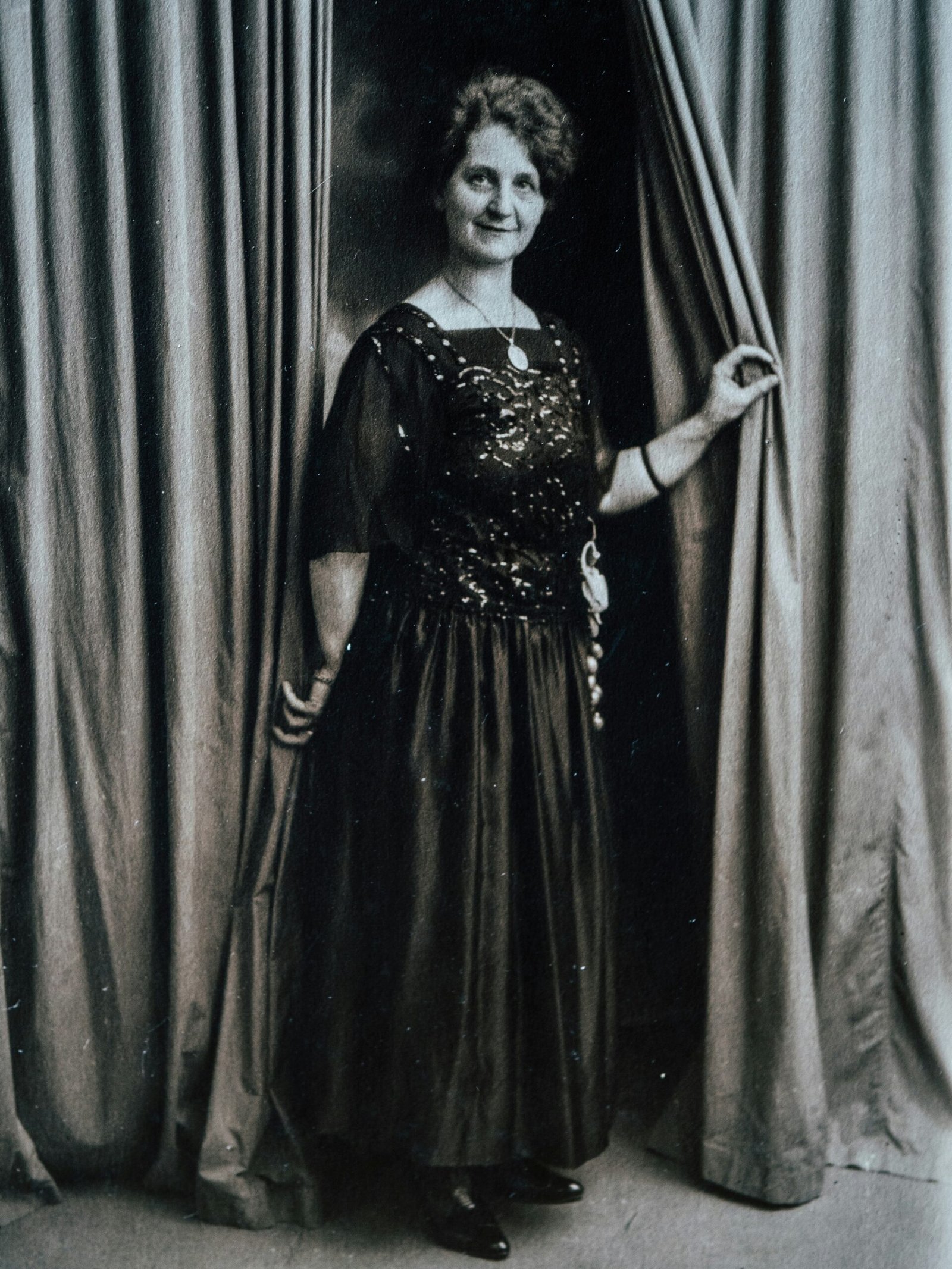
Introduction to Corset Dresses
Corset dresses have been a significant element in the fashion industry’s evolution, tracing their origins back several centuries. Historically, the primary function of corsets was to mold and shape the wearer’s torso, emphasizing an idealized form. Initially appearing in the 16th century, corsets became ubiquitous in European fashion, symbolizing both social status and adherence to period-specific beauty standards.
During the Renaissance, corset dresses were elaborate garments that combined boned bodices with flowing skirts, creating an iconic silhouette. The 18th century saw the corset’s transformation into a tightly-laced instrument of body modification, designed to cinch the waist and elevate the bustline. This era’s fashion was characterized by exaggerated curves that highlighted the wearer’s femininity and elegance.
The Victorian era marked a period of fluctuating corset styles, where the silhouette shifted from the conical shapes of earlier times to the hourglass figure that dominated the late 19th century. Corset dresses from this period often featured intricate lacing and stiff boning, making them both a fashion statement and a tool of sociocultural influence. The corset’s stringent constraints on the body reflected broader societal expectations regarding femininity and propriety.
As the 20th century progressed, the practicality of corset dresses was questioned, leading to their decline in everyday fashion. Nevertheless, they found resurgence in various fashion movements, including the vintage revival of the 1950s, the punk and Goth scenes of the 1980s, and the modern reinterpretations by contemporary designers. Today, corset dresses continue to be reimagined, underscoring their timeless allure and adaptability.
The enduring appeal of corset dresses underscores their complex history and their capacity to evolve with changing fashion trends. From their origins as restrictive fashion staples to their modern-day incarnations as symbols of empowerment and style, corset dresses remain an intriguing and influential aspect of fashion history.
Corset Dresses in the Early Period
The journey of corset dresses begins in the Renaissance and Baroque periods, where they first emerged as an essential fashion element. During the Renaissance, corsets were predominantly worn by women of social standing as a means to achieve an ideal body shape, characterized by a cinched waist and an upright posture. These early designs were often stiff and lined with materials such as whalebone, iron, and wood to provide the necessary rigidity for shaping the torso.
Throughout the Baroque period, the construction of corset dresses evolved. The materials incorporated became increasingly sophisticated, with the use of silk, velvet, and brocade, often adorned with intricate embroidery and lace. This period marked an opulent era where corset dresses not only displayed an individual’s social status but also their wealth and taste. The structured silhouette was in line with the fashion ideals of the time, emphasizing a narrow waist and exaggerated hips, a stark contrast to the natural body shape.
Beyond aesthetics, corset dresses held deeper societal implications. They were a symbol of femininity and virtue, associated closely with discipline and propriety. The act of ‘tight-lacing,’ albeit uncomfortable, became a widespread practice among women to conform to the stringent beauty standards. The corset served as a physical manifestation of the societal expectations placed on women, subtly regulating acceptable behavior and appearance.
The early phases of corset dresses reveal how fashion and societal norms were intricately linked. The corset was not just a garment but an instrument through which women navigated their roles and identities within the societal construct. These historical roots paved the way for the transformation and revival of corset dresses in subsequent centuries, continuing to influence their role in modern fashion.
Victorian Era and its Impact
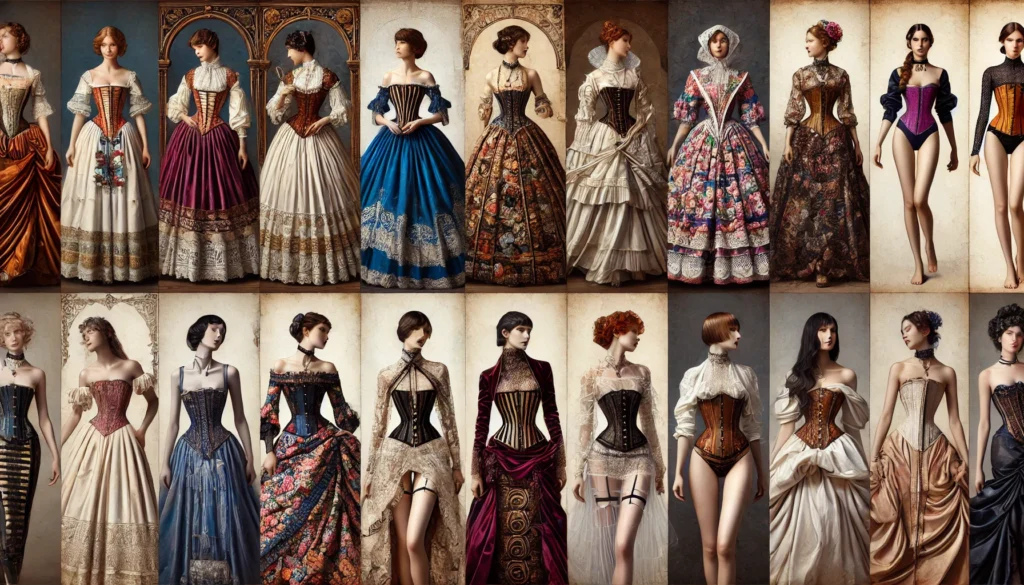
The Victorian era marked a pivotal moment in the evolution of corset dresses, with fashion trends reflecting the era’s stringent beauty ideals. Corset dresses during this time were characterized by extreme silhouettes and tight lacing, synonymous with the hourglass figure highly coveted in society. Women aspired to achieve a cinched waist, often reducing their natural waist size by several inches to adhere to the era’s beauty standards. This quest for an ideal figure was not just a personal pursuit but a cultural expectation embedded in the fabric of Victorian society.
The cultural significance of the corset dress cannot be overstated. As a symbol of femininity and social status, wearing a tightly laced corset was seen as a mark of respectability and virtue. However, this pursuit of a perfect silhouette came with substantial daily challenges. Women often endured discomfort and restricted mobility, affecting their ability to engage in physical activities. The health implications were also considerable, with tight lacing leading to various medical issues such as respiratory problems, digestive complications, and chronic pain. Despite these drawbacks, the societal pressure to conform to beauty standards outweighed concerns over health.
Public perceptions of corset dresses during the Victorian era were a mixed bag. On one hand, they were celebrated for enhancing a woman’s appearance and showcasing her adherence to societal norms. On the other, there were growing criticisms about the detrimental health effects and the unnatural shapes they imposed on the female body. Medical professionals and reformists of the time began to speak out, advocating for more natural forms of dress. Nevertheless, the fascination with the corset dress remained strong, reflecting the era’s complexities and contradictions in fashion and societal expectations.
Transition to the 20th Century

The dawn of the 20th century marked a significant transformation in the fashion industry, particularly for corset dresses. Societal changes, driven by major historical events such as the World Wars, profoundly influenced the design and use of these garments. With men going off to war, women found themselves stepping into roles that demanded practicality and mobility, making the restrictive nature of traditional corsets increasingly impractical.
The first major shift occurred during World War I, as the war effort required women to take on more active and physically demanding jobs. This necessity led to the decline of restrictive corsets and a push towards more comfortable and functional attire. Designers began to experiment with less restrictive silhouettes, giving rise to the popularity of looser, more flowing dresses. The iconic flapper dress of the Roaring Twenties exemplified this trend, featuring a loose fit and higher hemlines that allowed for greater freedom of movement.
As society progressed into the 1930s and 40s, World War II further accelerated these changes. Fabric rationing and practical needs drove a significant departure from extravagantly designed corsets to more utilitarian fashion. The new trend was characterized by simplicity and functionality, resulting in dresses that prioritized comfort and ease of wear over rigid structure. This period saw a rise in the use of lighter, more flexible materials that closely aligned with the evolving roles of women in the workforce and their everyday lives.
The culmination of these shifts was the 1950s New Look by Christian Dior, which reintroduced a touch of refinement and structure to women’s fashion without returning to the constraints of the traditional corset. This adaptation showcased how modern design could blend elegance with comfort, ultimately setting the stage for the diverse array of corset dresses that we see in contemporary fashion.
Revival in the Late 20th Century
The late 20th century marked a significant revival of corset-inspired designs in the fashion industry, a period characterized by the reimagination of the corset from a symbol of restriction to one of empowerment and individuality. At the forefront of this transformation was British designer Vivienne Westwood, whose work in the 1980s played an instrumental role in altering the public’s perception of the corset dress.
Westwood’s designs were groundbreaking in their re-invention of the corset. She eschewed the traditional purpose of the corset as an undergarment used to mold the female physique. Instead, Westwood presented the corset as a standalone piece that could be fashioned publicly, reclaiming its narrative and presenting it as a garment that celebrated the body rather than constrained it. Her unique approach not only revived interest in corsetry but also set the stage for its modern-day adaptation.
Vivienne Westwood and other avant-garde designers of that era infused the corset with elements of romanticism and rebellious fashion. This transformation was echoed in Westwood’s iconic collections where the corset became a signature piece, blending historical elements with contemporary aesthetics. The designs were often lavish, utilizing luxurious fabrics and intricate detailing, which garnered a positive public reception and were embraced by the fashion community.
This period also saw a diversification in how corset dresses were perceived and worn. The garment transitioned from opulent evening wear to an essential part of daywear for the fashion-forward. Corset-inspired dresses were now being recognized for their ability to sculpt the body in flattering ways, yet they offered greater comfort and flexibility compared to their historical counterparts. Trends included pairing corset tops with versatile pieces such as jeans or skirts, which further cemented their role in modern fashion.
The public reception of these designs was largely positive, with many appreciating the blend of historical reference and modern twist. The resurgence coincided with a broader movement towards body positivity and self-expression, allowing individuals to embrace the corset in a newfound context of empowerment. This era effectively laid the groundwork for the corset dress to evolve continuously, influencing fashion trends into the 21st century.
Modern Corset Dresses
In contemporary fashion, corset dresses have seen a remarkable evolution, blending historic charm with modern aesthetics. Today’s designers draw inspiration from the past but utilize cutting-edge materials and techniques to create pieces that appeal to a broad audience while ensuring comfort and versatility. Unlike their historical counterparts, modern corset dresses embrace fabrics like stretchable lace, satin, and technologically enhanced textiles, which allow for a snug yet comfortable fit.
One significant trend in modern corset dresses is the emphasis on versatility and wearability. Designers now incorporate corset elements into a variety of garment types, extending beyond just dresses to tops, jackets, and even lingerie-inspired eveningwear. This integration creates a blend that maintains the structure and silhouette provided by corsets but with an overall emphasis on comfort. The advancement in fabric technology has been pivotal; memory foam inserts, breathable mesh panels, and elasticized boning are just a few examples of how modern methods have transformed the corset from a constrictive garment into one that supports and enhances the wearer’s natural shape.
Leading designers like Alexander McQueen, Vivienne Westwood, and Jean-Paul Gaultier have been instrumental in integrating corset elements into their high-fashion collections. For instance, McQueen’s runway showcases often feature corset dresses that fuse dark romanticism with architectural precision. Meanwhile, Westwood’s designs lean towards a punk-inspired aesthetic where the corset dress is reimagined with quirky patterns and innovative tailoring. Gaultier, renowned for his provocative styles, continually reinvents the corset dress with bold, gender-fluid designs that challenge traditional norms.
The contemporary interpretation of corset dresses also underscores inclusivity, catering to a diverse range of body types. Tailoring techniques have evolved to feature adjustable lacing, panel inserts, and customizable fits, ensuring that corset dresses are accessible and flattering to all. Ultimately, the modern corset dress stands as a testament to the fashion industry’s ability to honor tradition while embracing innovation, resulting in a garment that beautifully balances historic reverence with contemporary style.
Celebrities and Corset Dresses
Throughout modern fashion history, contemporary celebrities have played a pivotal role in the resurgence and popularity of corset dresses. Their appearances in these unique and historically rooted garments have not only made bold statements on red carpets but have also significantly influenced fashion trends and public interest. A striking example is the red-carpet appearances where stars such as Kim Kardashian, Kylie Jenner, and Bella Hadid have turned heads in intricately designed corset dresses, merging classic elegance with contemporary styles.
In the music industry, corset dresses have taken center stage, prominently featured in music videos and live performances. Icons like Beyoncé and Madonna have utilized corset dresses to convey powerful feminist imagery, reinforcing the allure and strength associated with these garments. The way they adorn corset dresses embodies a fusion of tradition and innovation, bringing historical elements into the limelight with a modern twist.
These appearances are not merely fashion choices but are impactful in setting trends. When celebrities don corset dresses, they lead consumer behavior and preferences, inspiring fashion enthusiasts and the general public to explore similar styles. The influence of celebrities extends to social media, where millions of followers eagerly adopt trends endorsed by their idols. As these fashion-forward celebrities showcase corset dresses across various platforms, the demand for these garments escalates, pushing designers and retailers to create diverse offerings that cater to evolving tastes.
Moreover, collaborations between celebrities and designers further amplify the reach and appeal of corset dresses. High-profile events such as the Met Gala have witnessed elaborate corset dress designs that blend haute couture with historical fashion, sparking widespread media coverage and admiration. No longer confined to period dramas or vintage boutiques, corset dresses have intricately woven themselves into the tapestry of contemporary fashion, driven strongly by the celebrity influence that defines modern style trends.
Corset Dresses in Pop Culture and Media

Corset dresses have enjoyed significant prominence in pop culture, spanning movies, television, and literature. Their portrayal in various media forms has shaped public perception, influencing fashion trends across different eras. Iconic moments featuring corset dresses have left lasting imprints on contemporary style, continuously reinventing their appeal.
Classic cinema has showcased corset dresses in myriad ways. Films such as “Gone with the Wind” immortalized the elegance of 19th-century fashion, with Scarlett O’Hara’s elaborate ensembles standing out as epitomes of grace. Likewise, “Moulin Rouge” revitalized the sultriness of corset dresses, embedding them in the narrative of sensuality and opulence. These movies not only reflect historical fashion but also inspire modern reinterpretations, perpetuating the allure of corset dresses.
Television has also embraced the corset dress, with series like “Bridgerton” capturing the Regency era’s aesthetic, bringing corsetry back into the limelight. The show’s vivid portrayal of extravagant ball gowns rekindled interest in corset dresses, proving their timeless allure. Similarly, period dramas such as “Downton Abbey” and “The Tudors” draw heavily on corset fashion, influencing viewers and designers alike. These series have demonstrated that corset dresses are not merely historical costumes but living pieces of art that continue to evolve.
In literature, corset dresses represent not just garments but symbols of beauty, constraint, and rebellion. Novels like “Madame Bovary” and “Jane Eyre” delve into the complexities of wearing corsets, weaving them into larger narratives about societal norms and personal identity. This duality makes corset dresses perpetually intriguing, both as fashion items and as cultural artifacts.
Pop culture has provided numerous iconic moments for corset dresses, such as Madonna’s Jean-Paul Gaultier-designed corseted look during her Blonde Ambition tour, which challenged and redefined the intersection of fashion and femininity. Another memorable instance is Dita Von Teese’s performances that embrace vintage burlesque, showcasing corset dresses as sensual and empowering. These instances highlight the enduring and dynamic nature of corset dresses in media, continuously inspiring new fashion waves.
Conclusion: The Legacy and Future of Corset Dresses
The journey of corset dresses spans centuries, reflecting profound shifts in societal norms, fashion aesthetics, and technical advancements. From their inception in the Renaissance period, corset dresses have served as symbols of elegance, societal status, and, at times, restrictive beauty standards. Initially utilized as a structural undergarment elevating the silhouette of noblewomen, the corset has since undergone numerous transformations, adapting to the changing whims of fashion and social movements.
In the 19th century, corset dresses reached their zenith of popularity, with intricate designs showcasing craftsmanship and luxury. However, as society moved toward the 20th century, the evolution of body positivity and the rise of comfort in everyday wear marked a decline in their traditional form. The post-war years further encouraged this shift, resulting in a more fluid approach to fashion that de-emphasized rigid structure in favor of freedom and expression.
Despite these changes, the corset dress witnessed a renaissance in the late 20th and early 21st centuries, reimagined by modern designers who embraced its historical roots while infusing contemporary aesthetics. Today’s corset dresses often merge advanced textiles, ergonomics, and artistic flair, highlighting their timeless allure. The resurgence signals a blending of past and present, illustrating the corset’s enduring legacy and cultural significance.
Looking ahead, the future of corset dresses seems poised for continued innovation. As fashion technology progresses and sustainability becomes increasingly pivotal, we can expect to see eco-friendly materials and smart textiles integrated into modern corset designs. Additionally, the influence of global fashion trends and the ever-evolving dialogue around body image will likely shape how corset dresses are perceived and worn.
In essence, corset dresses remain an iconic and versatile element within the fashion industry. Their ability to adapt and reinvent themselves ensures they will continue to captivate designers and wearers alike, maintaining their relevance for generations to come.
